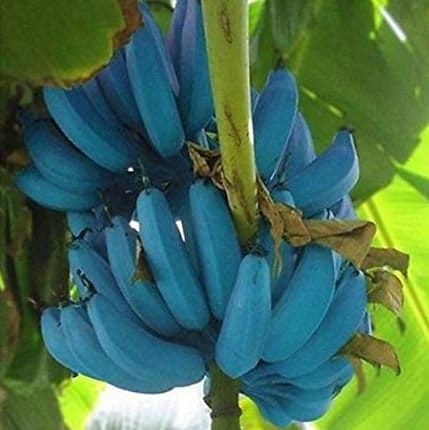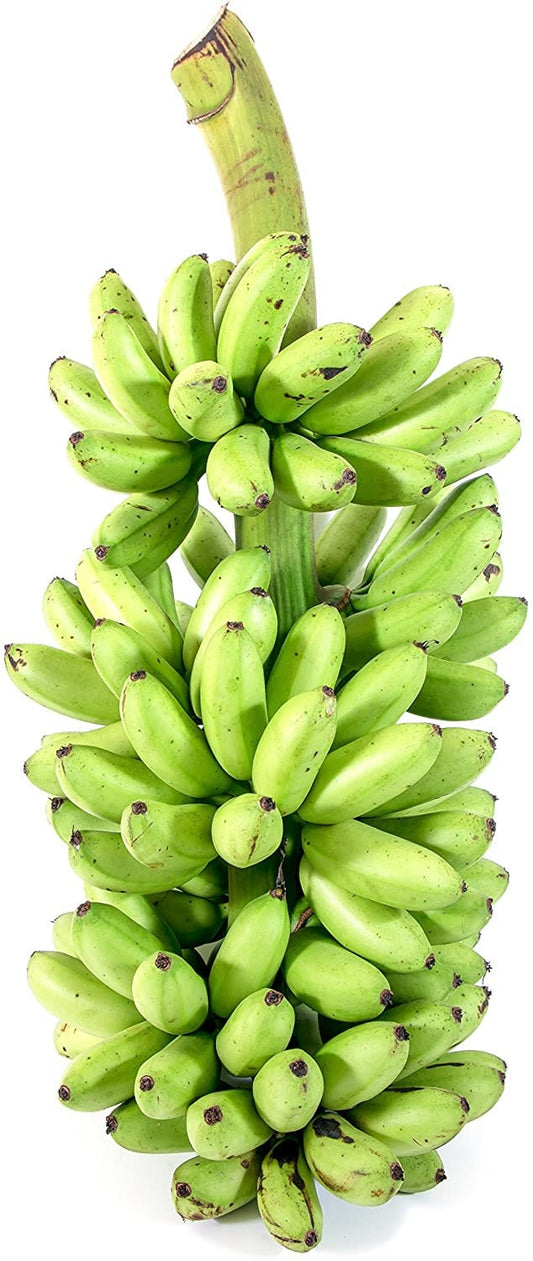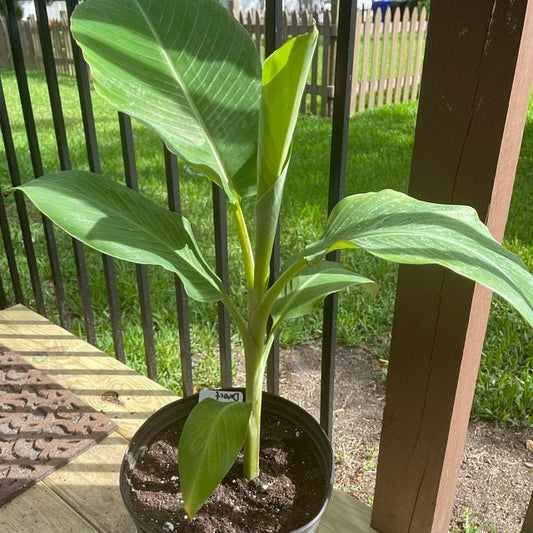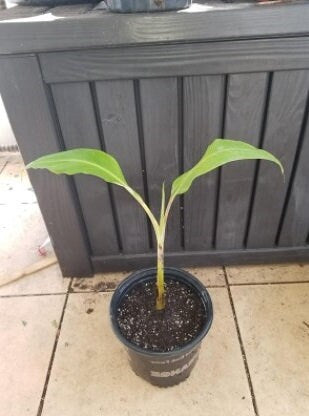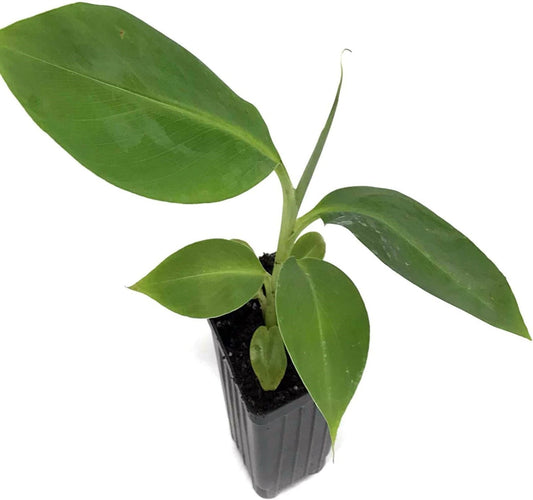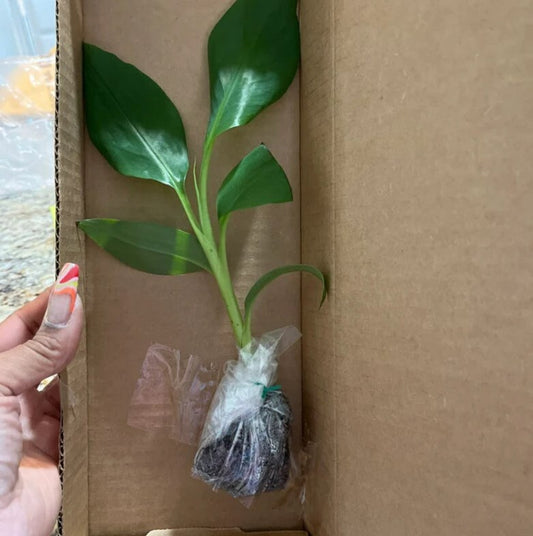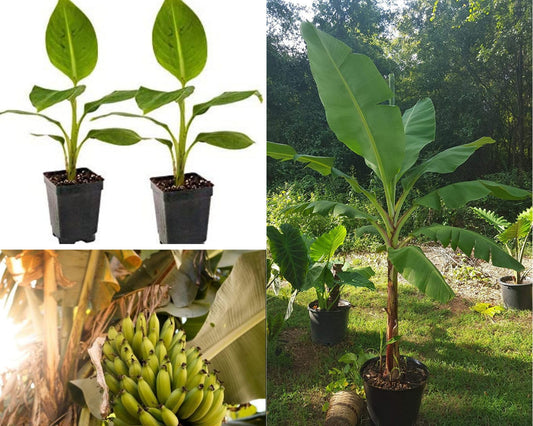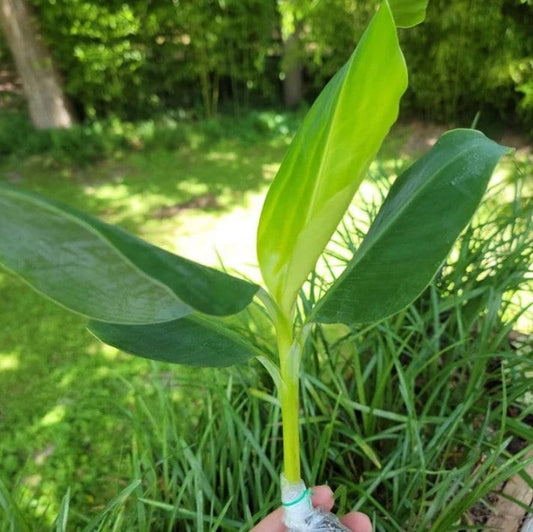Growing Ice Cream banana plants, also known as Blue Java bananas, can be an exciting addition to any garden. These plants are renowned not only for their unique blue-tinged peels and ice cream-like consistency but also for their sweet flavor that hints at vanilla. To ensure your Ice Cream banana plant thrives, choosing the right soil type is critical. This blog post will guide you through selecting the best soil for Ice Cream banana plants, helping you achieve optimal growth and a bountiful harvest.
Understanding the Soil Needs of Ice Cream Banana Plants
Ice Cream banana plants, like all bananas, are heavy feeders that require rich, well-draining soil to prevent root diseases while providing enough nutrients to support their rapid growth. The right soil conditions are crucial for ensuring the overall health and productivity of your banana plants.
Characteristics of the Ideal Soil for Ice Cream Banana Plants
-
Rich in Organic Matter:
- Ice Cream banana plants thrive in soil that is rich in organic matter. This type of soil not only provides essential nutrients but also improves soil structure, enhances moisture retention, and facilitates root growth.
-
Well-Draining:
- While banana plants need a lot of water, they don’t tolerate standing water. Well-draining soil ensures that excess water can escape, preventing issues such as root rot. Sandy loam or loamy sand soil is ideal because it drains well yet retains enough moisture to keep the plants hydrated.
-
Slightly Acidic to Neutral pH:
- The optimal pH range for Ice Cream banana plants is between 5.5 and 6.5. This slightly acidic to neutral range helps the plants absorb nutrients efficiently, particularly potassium, which is crucial for fruit development.
How to Prepare the Perfect Soil Mix for Ice Cream Banana Plants
Creating the ideal soil mix for your Ice Cream banana plants involves combining several components to achieve the right balance of drainage, nutrient content, and pH:
-
Start with a Base of Sandy Loam or Loamy Sand:
- This provides excellent drainage and a good structure for root growth.
-
Amend with Well-Rotted Manure or Compost:
- Add organic matter to your soil by mixing in well-rotted manure or compost. This will enrich the soil with nutrients and improve its water-holding capacity.
-
Incorporate a Balanced Fertilizer:
- Mix in a balanced fertilizer that includes nitrogen, phosphorus, and potassium. Consider using a controlled-release fertilizer to provide a steady supply of nutrients throughout the growing season.
-
Adjust the pH if Necessary:
- If your soil test indicates that the pH is too low (too acidic) or too high (too alkaline), adjust it by adding lime to raise the pH or sulfur to lower the pH.
Regular Soil Maintenance
Maintaining the quality of your soil is an ongoing process:
- Regularly Add Organic Matter: Replenish the organic content of your soil annually to maintain its fertility.
- Monitor and Adjust pH Regularly: Check the pH of your soil periodically and adjust as needed to keep it in the optimal range for banana plants.
- Mulch Around the Base: Apply a thick layer of organic mulch around the base of your Ice Cream banana plants. This will help retain moisture, suppress weeds, and add organic matter back into the soil as it decomposes.
Conclusion
Selecting the right soil type and maintaining it are fundamental to the success of your Ice Cream banana plants. By ensuring your soil is rich in organic matter, well-draining, and within the correct pH range, you can provide a strong foundation for your plants to grow, thrive, and produce delicious bananas. With the right care and conditions, your Ice Cream banana plant will be a delightful and fruitful addition to your garden for years to come.
